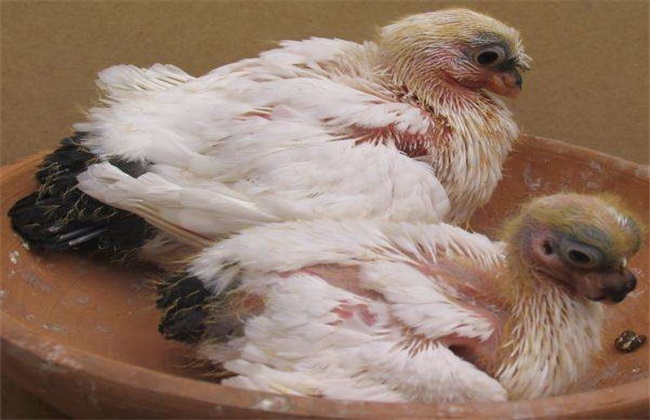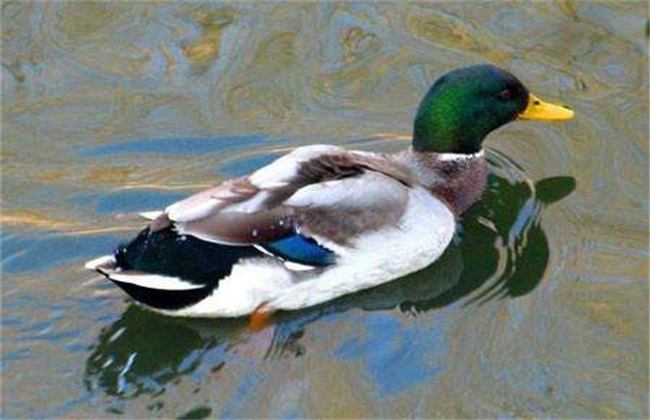Artificial feeding technology of squab
Pigeons are now very popular in China, and their breeding area is second only to common poultry such as chickens, ducks and geese. Because the nutritional value of pigeon meat and pigeon eggs is very high, and the taste is also very good, so its market demand is still relatively large. And when we are raising pigeons, we should do a good job of artificially feeding squab, so how should we do it? The following editor brings you the technology of artificial feeding squab, let's have a look!
1. Quality of young pigeons
Newborn pigeons that have just broken their shells in artificial lactation are hatched either artificially or on their own. We should ensure the quality of young pigeons and ensure that each young pigeon can develop normally and in good health. Under the same feeding conditions, the stronger the squab is, the faster the growth rate is and the stronger the growth ability is. Therefore, we should pay attention to improve the quality of young pigeons, only strong enough young pigeons can be artificially fed.

2. Temperature control
After the young pigeon enters the nursery, the temperature of the nursery must be controlled manually first. In order to maintain a relatively stable temperature, the temperature should not change too fast. Usually in the first 4 days of age, the temperature should be controlled at about 37 degrees, and then the temperature from the fifth day to the seventh day should be reduced to about 35 degrees. From the eighth day to half a month, the squab should be transferred to a flat cage, the temperature is controlled at about 32 degrees, and finally the temperature is gradually stabilized at room temperature.
3. Pigeon feed
In the artificial feeding of squab, the preparation of feed is very important. We should not only ensure the comprehensive nutrition of feed, but also reduce the cost as far as possible, but also ensure the quality of feed. Therefore, feed preparation can not be ignored, before the formal feeding of feed, we should first try to feed. If there is no abnormal phenomenon after trial feeding and squab eats normally, then full feeding can be carried out. Feed preparation is the key measure of artificial feeding squab, which directly affects the survival rate of squab, so we must pay more attention to it.
4. Nurturing work
When we carry out artificial feeding of squab, we should be careful not to change the breeders. If you change the breeders, it will take time to understand the growth habits of squab. And everyone's feeding methods, operations and procedures are different, squab can not adapt in time, the impact on the growth of squab is still relatively great. Therefore, we must pay more attention, and feed should be based on the principle of timing and quantity.
5. Disease prevention and treatment
In the feed, we must pay attention to ensure the hygiene of the feed. If the feed quality is not good, it is easy to carry germs, and then invade from the mouth of squab, such as pigeon mycoplasmosis, pigeon trichomoniasis and so on, seriously affecting the growth of squab. Therefore, during feeding, attention must be paid to the sanitary disinfection of pigeon houses to ensure that every link of artificial feeding of squab can be carried out normally and reduce pollution as much as possible.
The above is a brief introduction to the technology of artificial feeding squab. That's all for today's introduction. This article is for reference only. I hope it can help you all.
Related
- On the eggshell is a badge full of pride. British Poultry Egg Market and Consumer observation
- British study: 72% of Britons are willing to buy native eggs raised by insects
- Guidelines for friendly egg production revised the increase of space in chicken sheds can not be forced to change feathers and lay eggs.
- Risk of delay in customs clearance Australia suspends lobster exports to China
- Pig semen-the Vector of virus Transmission (4)
- Pig semen-the Vector of virus Transmission (3)
- Five common causes of difficult control of classical swine fever in clinic and their countermeasures
- Foot-and-mouth disease is the most effective way to prevent it!
- PED is the number one killer of piglets and has to be guarded against in autumn and winter.
- What is "yellow fat pig"? Have you ever heard the pig collector talk about "yellow fat pig"?



